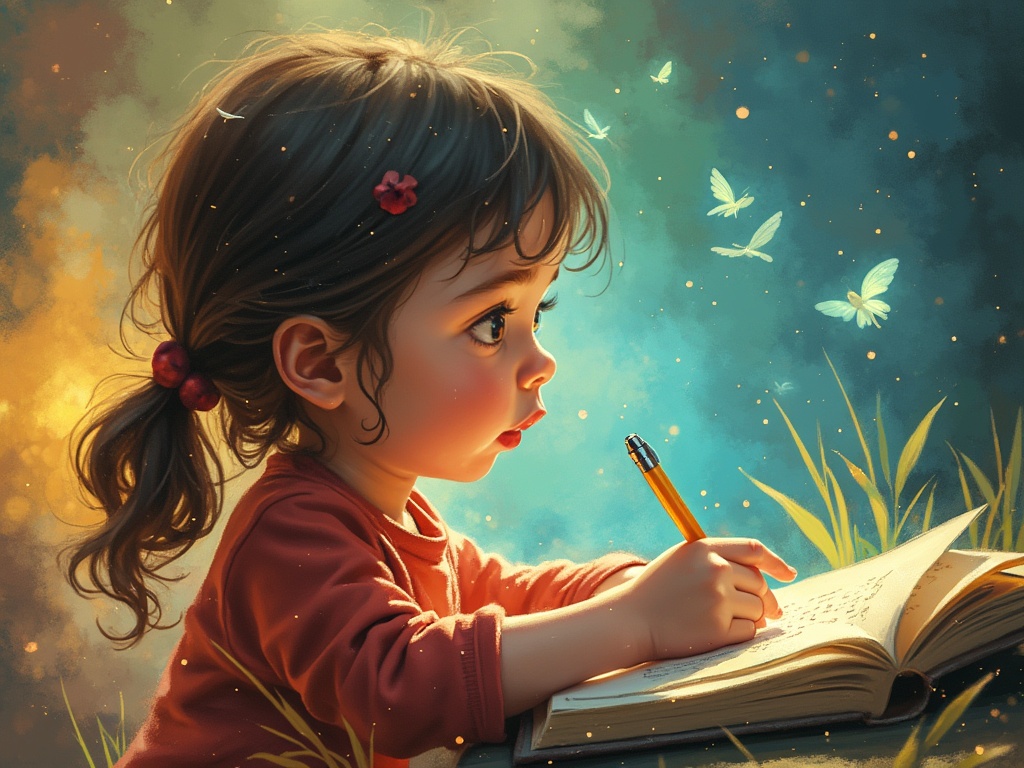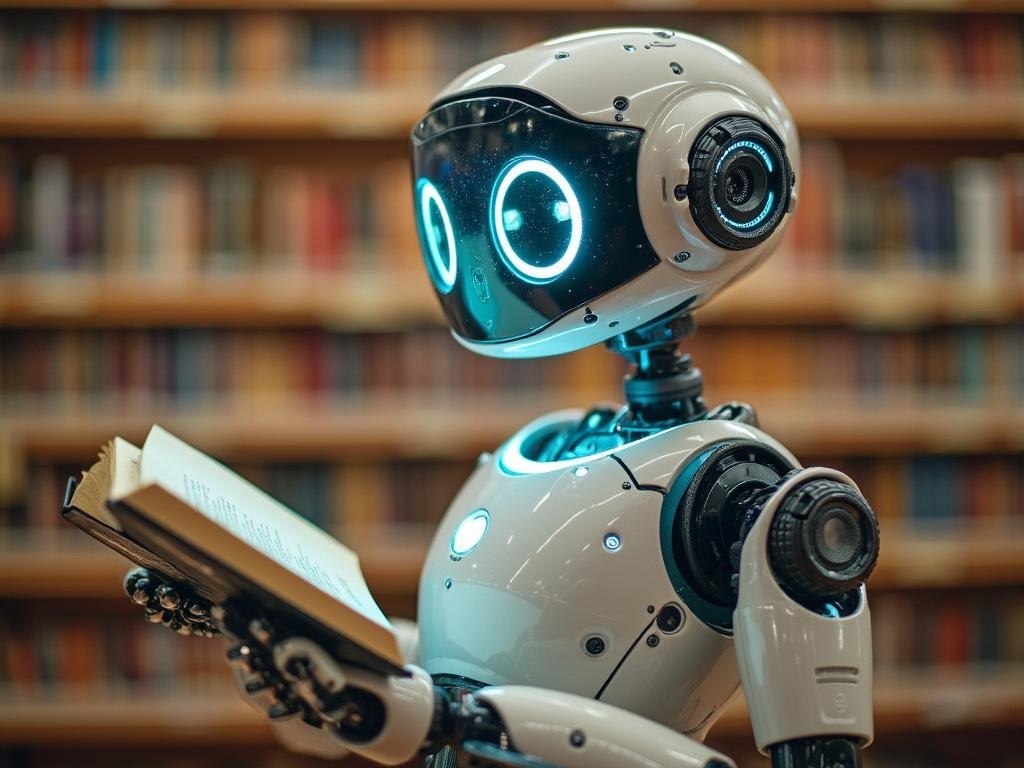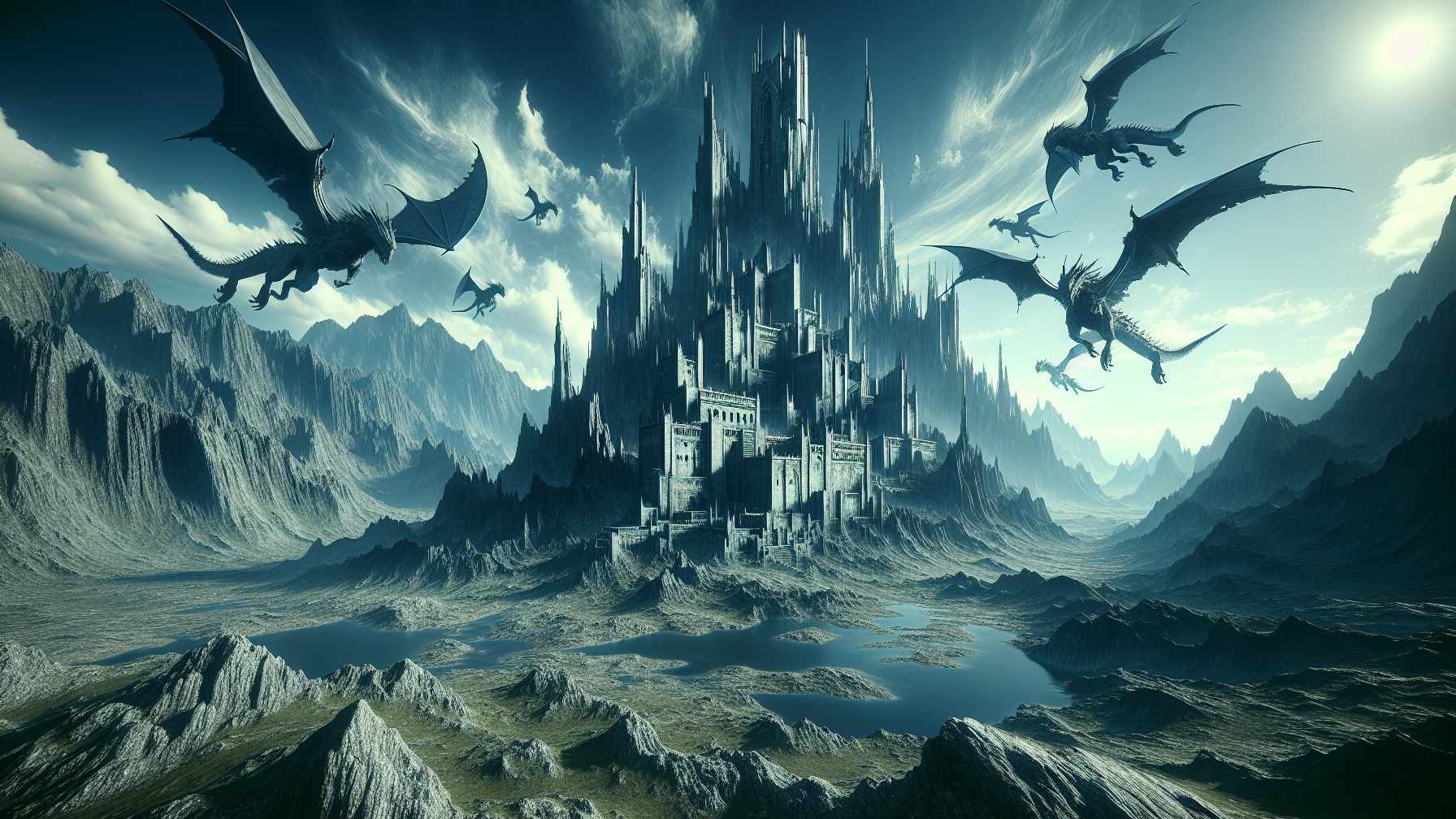Co-writing a storybook with your child using AI technology transforms traditional storytelling into an interactive, educational experience that strengthens your family bond. AI children’s story generators like Childbook.ai and StoryBee have revolutionized the creative process, allowing parents and children to collaborate on personalized narratives while developing crucial literacy skills and nurturing imagination.
Key Takeaways
- AI kids story generators provide accessibility features like text-to-speech narration and dyslexia-friendly formatting for inclusive storytelling experiences
- The collaborative creation process with an AI story generator for kids takes minutes instead of weeks, allowing immediate creative gratification
- Platforms like StorySpark offer educational benefits beyond entertainment, including vocabulary development and comprehension tools
- Children’s story generator tools enable families to retain commercial rights to publish and potentially sell their creations
- The ideal approach treats AI as a creative partner rather than replacing human imagination in the storytelling process
The Magic of Parent-Child Storytelling with AI Support
The landscape of family storytelling has been completely transformed by AI technology. Platforms like Childbook.ai, StoryBee, StorySpark, and Storywizard.ai have made co-creating personalized children’s books an accessible activity for families regardless of their writing experience.
These AI children’s story generator tools offer varying capabilities to suit different needs. The business tier of Childbook.ai at $99/month provides an impressive 2000 illustrations and 200 books monthly, making it ideal for families with serious publishing ambitions. Meanwhile, platforms like StorySpark focus on educational development with specialized features for children with autism, dyslexia, or ADHD.
Beyond creative expression, these AI story generator for kids tools offer valuable accessibility features. Text-to-speech narration brings stories to life for younger readers, while dyslexia-friendly formatting ensures that all children can enjoy the stories they help create. Most importantly, families typically retain commercial rights to print or sell their AI-generated creations, opening doors to entrepreneurial opportunities.
From Imagination to Page: The Collaborative Creation Process
The journey of co-creating with an AI bedtime story generator begins with collaborative brainstorming. Children describe characters, settings, and plot elements which parents input into platforms like StoryBee or Storywizard.ai. This initial stage sets the foundation for a story that genuinely reflects your child’s interests and imagination.
These systems adapt narratives to your child’s age and interests, generating draft text and illustrations within minutes. This rapid creation process provides immediate gratification compared to the weeks traditional writing might take, keeping children engaged and excited about the project.
After receiving the AI’s initial output, the real magic happens during refinement. Parents and children work together to adjust tone, trim redundancies, and customize illustrations through tools like Childbook.ai’s Illustrator™ or by uploading personal artwork. This iterative editing process teaches children about narrative structure while allowing them to see their ideas transformed into professional-quality stories.
Building Skills Beyond Storytelling: Educational Advantages
The educational benefits of using an AI children story generator extend far beyond entertainment. Platforms like StorySpark incorporate interactive learning elements such as word definitions, pronunciation guides, and quizzes that reinforce reading comprehension while maintaining the fun of storytelling.
StoryBee’s adaptive learning features tailor narratives to developmental stages—using basic shapes and simple language for toddlers while creating more complex plots for older children. This personalization ensures that the stories remain appropriately challenging and engaging as children grow.
The educational impact of these tools is significant and growing. With over 50,000 stories generated on StoryBee and 150,000+ families trusting StorySpark for educational content, these platforms have demonstrated their value in developing:
- Literacy skills through vocabulary exposure and reading practice
- Critical thinking abilities by making plot decisions
- Emotional intelligence through character development
- Creative expression by contributing ideas and art
- Technical literacy by learning to work with digital tools
These curriculum-aligned experiences make story creation educational while remaining fun and engaging for children of all ages.
Creating Stories for Every Child: Accessibility and Inclusion
One of the most powerful aspects of AI storytelling platforms is their ability to create inclusive experiences for all children. StorySpark offers adjustable font sizes and color schemes for dyslexic readers alongside simplified narratives and visual consistency for children with autism.
StoryBee’s voice cloning technology allows stories to be narrated in a parent’s or child’s own voice, creating a deeply personal reading experience that strengthens emotional connection. This feature is particularly valuable for families who may be separated due to work, travel, or other circumstances.
Storywizard.ai’s support for 11 languages further expands accessibility across cultural boundaries, ensuring that children with diverse backgrounds can participate fully in the storytelling experience. These multilingual capabilities make AI children’s story generators valuable tools for language learning and cultural exchange.
For families with children who have special educational needs, these tools provide customizable experiences that can be tailored to specific learning styles and challenges. The combination of visual, auditory, and interactive elements creates a multi-sensory learning environment that supports diverse learning needs.
From Family Project to Published Book: Commercial Possibilities
For entrepreneurial families, the commercial potential of AI-generated storybooks adds another exciting dimension to the co-creation process. Childbook.ai’s commercial license enables publishing without AI watermarks, opening doors to self-publishing through print-on-demand services like Amazon.
The business plan provides substantial output capacity with 200 books monthly compared to limited outputs on free tiers. Additionally, royalty-free illustrations eliminate licensing concerns that might otherwise complicate the publishing process.
Before publishing, families should verify originality using tools like Duplichecker.com, which is particularly important for content created with general AI tools like ChatGPT. Obtaining ISBNs adds professional credibility to your publications and facilitates distribution through major book retailers.
Some families have already found success in this space, with books like “Madi the Flying Wonder” demonstrating the commercial potential of AI-assisted family publishing projects. While not every story will become a bestseller, the ability to create professional-quality books provides valuable entrepreneurial lessons for children.
Navigating Limitations: Challenges and Creative Solutions
Despite their capabilities, AI storytelling tools have limitations that require thoughtful navigation. Outputs heavily depend on prompt clarity and creativity, sometimes producing repetitive patterns without unique instructions. Understanding these constraints helps families set realistic expectations.
Successful co-writers adopt a hybrid approach, balancing AI suggestions with unique writing through iterative prompts and human editing. For example, rather than accepting the first draft, parents might prompt the AI to “Expand this scene with more dialogue between the characters” or “Add more sensory details to the forest setting.”
Regular originality verification using plagiarism checking tools ensures creative integrity, particularly when using general-purpose AI like ChatGPT. This step is critical for families considering commercial publication of their stories.
The most successful stories combine AI drafting with human creativity—using the technology to handle structure and basic content while relying on human imagination for the unique touches that make stories special. This balanced approach produces narratives that feel authentic rather than algorithm-generated.
AI Storytelling Toolkit: Comparing Top Platforms
Each children’s story generator platform offers distinct advantages for different family needs. Understanding these differences helps parents select the right tool for their specific goals:
- Childbook.ai provides business users with 2000 illustrations monthly and commercial export rights, making it ideal for families with publishing aspirations
- StoryBee adapts complexity levels from toddler to teen with voice cloning capabilities, creating a platform that grows with your child
- StorySpark focuses on educational features with curriculum-aligned quizzes and literacy tools for parents prioritizing academic development
- Storywizard.ai offers multilingual support across 11 languages with global collaboration features, ideal for multilingual families
- ChatGPT can generate structured chapter outlines and expand individual scenes when guided with specific prompts, offering flexibility for technically-savvy parents
Families should select platforms based on their specific priorities, whether that’s commercial rights, educational content, accessibility features, or multilingual capabilities. Many families even use multiple platforms for different aspects of the creative process, combining the strengths of each tool.
Guiding Your Child Through the Process: Parental Strategies
The quality of the co-creation experience depends largely on how parents structure and guide the AI co-authoring process. Successful collaboration begins with encouraging children to describe vivid characters and unexpected plot twists, providing the AI with rich, original material to work with.
Treat the AI as a collaborative partner rather than a replacement for human creativity. Explain to children in age-appropriate terms how the technology works, emphasizing that it’s a tool to enhance their ideas, not replace them. This approach helps children maintain ownership of the creative process.
Save multiple drafts to demonstrate progress and celebrate the creation process as a bonding opportunity. Reviewing these drafts later shows children how stories evolve and improve through revision, teaching valuable lessons about the writing process.
Balance open-ended creative exploration with structured guidance, using AI-generated definitions to enhance vocabulary while fostering language skills. The most successful parent-child collaborations view AI as a tool that amplifies rather than replaces the imaginative exchange between generations.
The Future of Family Storytelling: Beyond Today’s Technology
AI storytelling is democratizing creative expression for diverse learners across languages and abilities while opening commercial publishing opportunities previously available only to professional authors and illustrators. This democratization represents a fundamental shift in how families can engage with creative publishing.
Platforms like Storywizard.ai are building global communities of young creators, connecting storytellers across continents through shared narratives. These communities foster cultural exchange and broaden children’s perspectives beyond their immediate environment.
As AI technology continues advancing, the collaborative possibilities between parents, children, and artificial intelligence will expand. Future iterations may incorporate virtual reality illustrations, interactive branching narratives, and even more sophisticated educational tracking tools.
Despite these technological advancements, the human element remains irreplaceable. The most valuable aspect of co-writing with an AI kids story generator isn’t the finished product but the shared journey of creation—the conversations, decisions, and moments of discovery that strengthen the bond between parent and child while nurturing the next generation of storytellers.
AI technology has transformed storytelling into an interactive, educational experience that strengthens family bonds. Co-creating personalized storybooks with platforms like Childbook.ai, StoryBee, and StorySpark takes minutes instead of weeks while developing crucial literacy skills. These tools offer accessibility features like text-to-speech narration and dyslexia-friendly formatting to create inclusive experiences. They provide educational benefits beyond entertainment, including vocabulary development and comprehension tools. Families can retain commercial rights to publish and potentially sell their creations, treating AI as a creative partner rather than replacing human imagination.
| Key Aspects | Benefits |
|---|---|
| Collaboration Process | Immediate creative gratification, strengthens family bonds |
| Educational Value | Develops literacy, critical thinking, emotional intelligence |
| Accessibility | Features for diverse learners, multilingual support |
| Commercial Potential | Families retain rights to publish and sell their stories |
| Most Important Point | AI serves as a creative partner while maintaining human imagination at the core |



